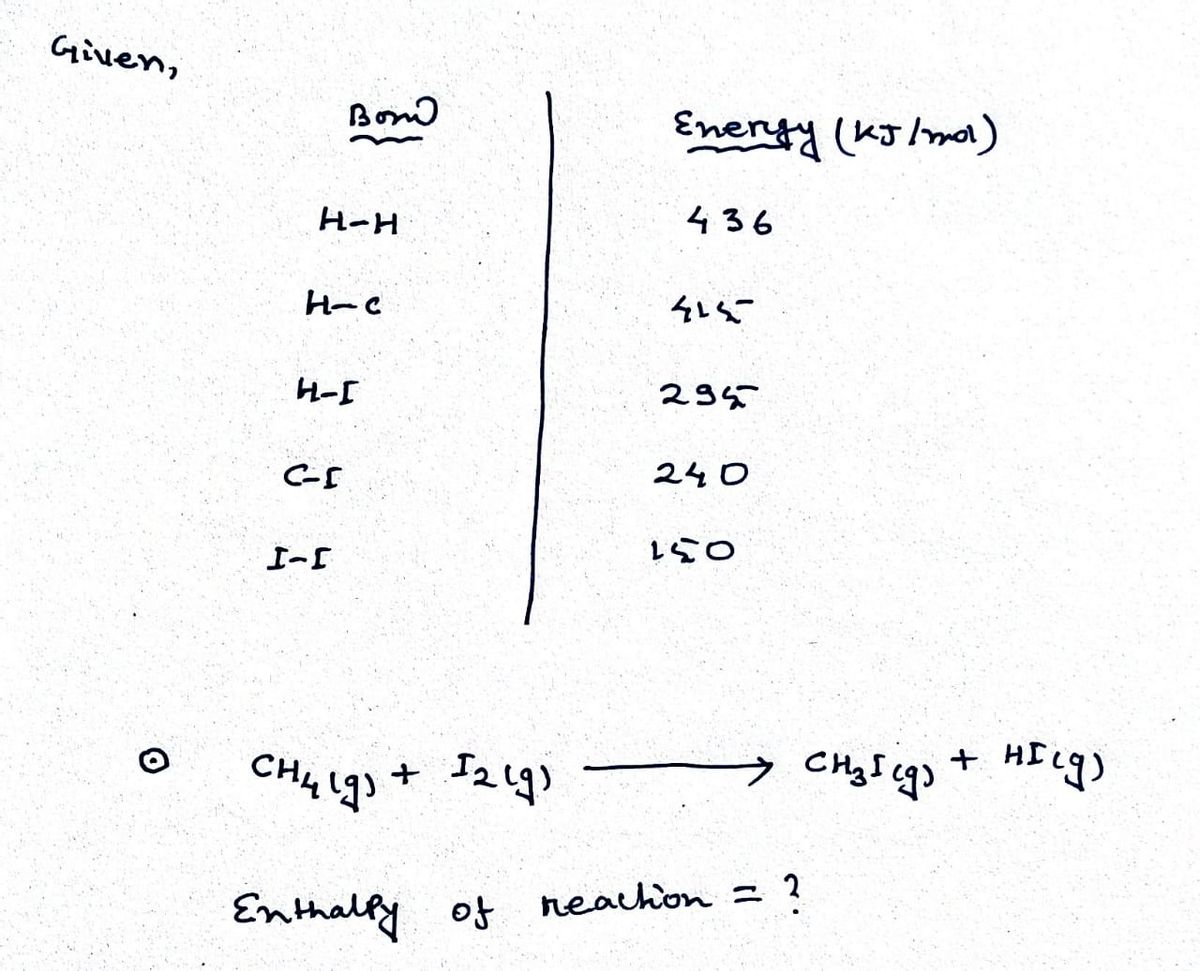Question 9 of 11 Submit Using the following bond energy table, determine the approximate enthalpy change for the reaction: CH, (g) + l2 (g) → CH3I (g) + HI (g) Bond Energies (kJ/mol) Bond Bond Energy H-H 436 H-C 415 H-I 295 C-I 240 150 kJ 1 2 3 4 6 C 7 9 +/- x 100 LO
Types of Chemical Bonds
The attractive force which has the ability of holding various constituent elements like atoms, ions, molecules, etc. together in different chemical species is termed as a chemical bond. Chemical compounds are dependent on the strength of chemical bonds between its constituents. Stronger the chemical bond, more will be the stability in the chemical compounds. Hence, it can be said that bonding defines the stability of chemical compounds.
Polarizability In Organic Chemistry
Polarizability refers to the ability of an atom/molecule to distort the electron cloud of neighboring species towards itself and the process of distortion of electron cloud is known as polarization.
Coordinate Covalent Bonds
A coordinate covalent bond is also known as a dative bond, which is a type of covalent bond. It is formed between two atoms, where the two electrons required to form the bond come from the same atom resulting in a semi-polar bond. The study of coordinate covalent bond or dative bond is important to know about the special type of bonding that leads to different properties. Since covalent compounds are non-polar whereas coordinate bonds results always in polar compounds due to charge separation.
![### Determining Enthalpy Change Using Bond Energies
#### Problem Statement:
Using the following bond energy table, determine the approximate enthalpy change for the reaction:
\[ \text{CH}_4 \, (g) + \text{I}_2 \, (g) \rightarrow \text{CH}_3\text{I} \, (g) + \text{HI} \, (g) \]
#### Bond Energies (kJ/mol):
| Bond | Bond Energy |
|-------|-------------|
| H–H | 436 |
| H–C | 415 |
| H–I | 295 |
| C–I | 240 |
| I–I | 150 |
#### Diagram Explanation:
- **Table**: This table lists the bond energies for different chemical bonds, which are given in kilojoules per mole (kJ/mol).
- **Reaction**: The chemical reaction involves breaking and forming bonds, which involves both the consumption and release of energy.
#### Calculation Steps:
1. **Identify Bonds Broken**:
- In the reactants, the bonds broken are those within CH₄ and I₂, specifically:
- 1 C–H bond (in CH₄): 415 kJ/mol
- 1 I–I bond (in I₂): 150 kJ/mol
2. **Identify Bonds Formed**:
- In the products, the bonds formed are:
- 1 C–I bond (in CH₃I): 240 kJ/mol
- 1 H–I bond (in HI): 295 kJ/mol
3. **Calculate Total Energy Change**:
- Total energy required to break bonds = 415 + 150 = 565 kJ/mol
- Total energy released by forming bonds = 240 + 295 = 535 kJ/mol
- Enthalpy change (\( \Delta H \)) = Energy of bonds broken - Energy of bonds formed
- \( \Delta H \) = 565 - 535 = 30 kJ/mol
#### Conclusion:
The approximate enthalpy change for the reaction is 30 kJ/mol. This value indicates the difference between the energy required to break bonds in the reactants and the energy released when forming bonds in the products.](/v2/_next/image?url=https%3A%2F%2Fcontent.bartleby.com%2Fqna-images%2Fquestion%2F7bd06d49-1f03-4d83-9ba1-5526279a5db3%2Fb208b273-459d-426e-bebe-402a47100edf%2Fza3dbew_processed.jpeg&w=3840&q=75)

Step by step
Solved in 2 steps with 2 images









